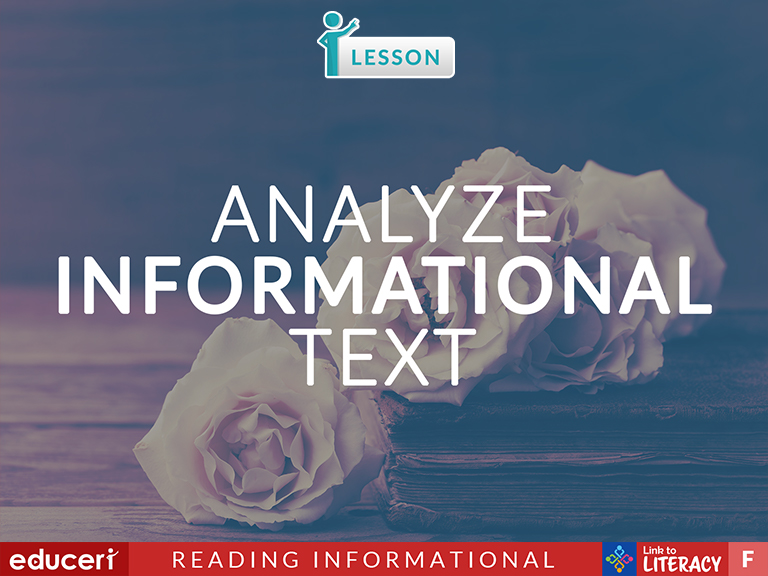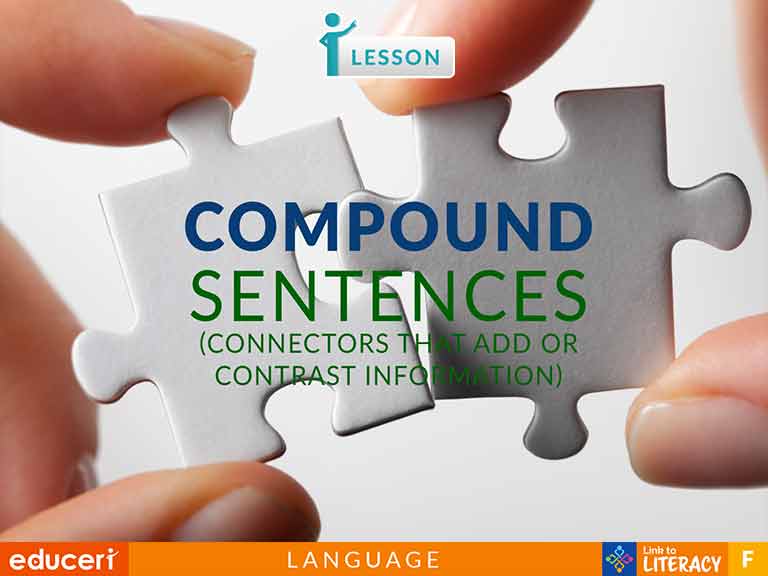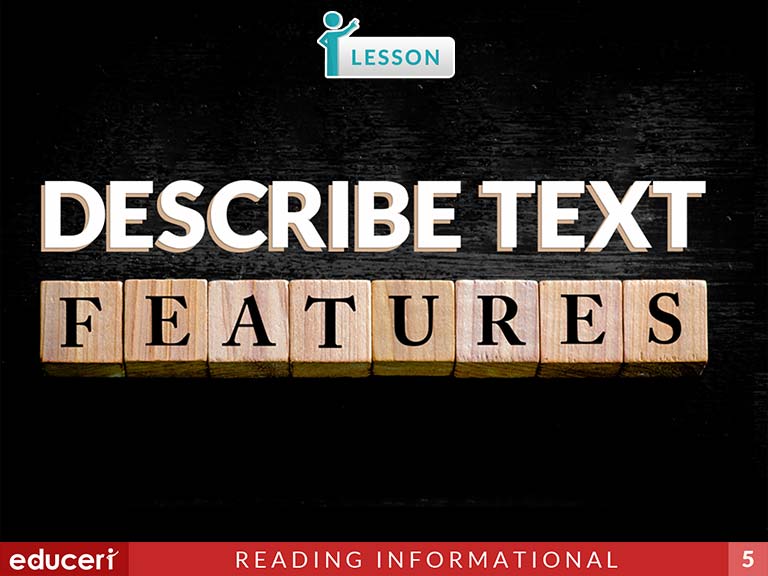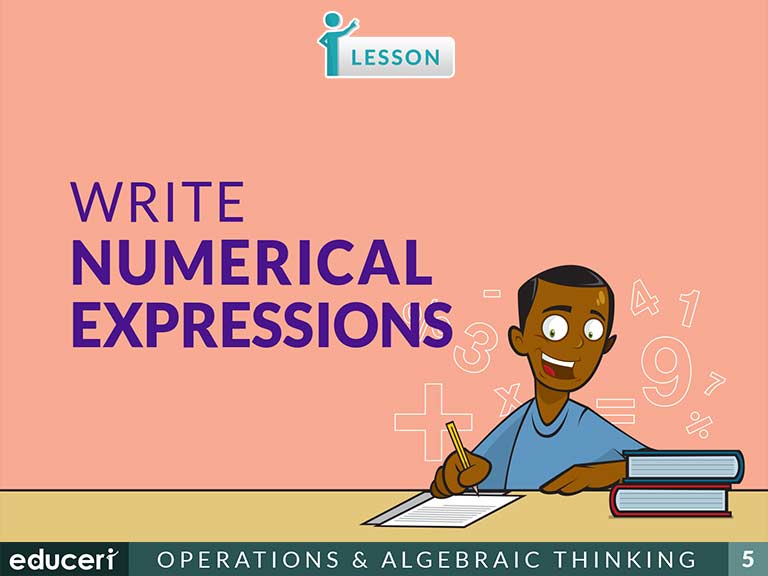Special Program: Grade 6 Summer School
Grade 6 Summer School
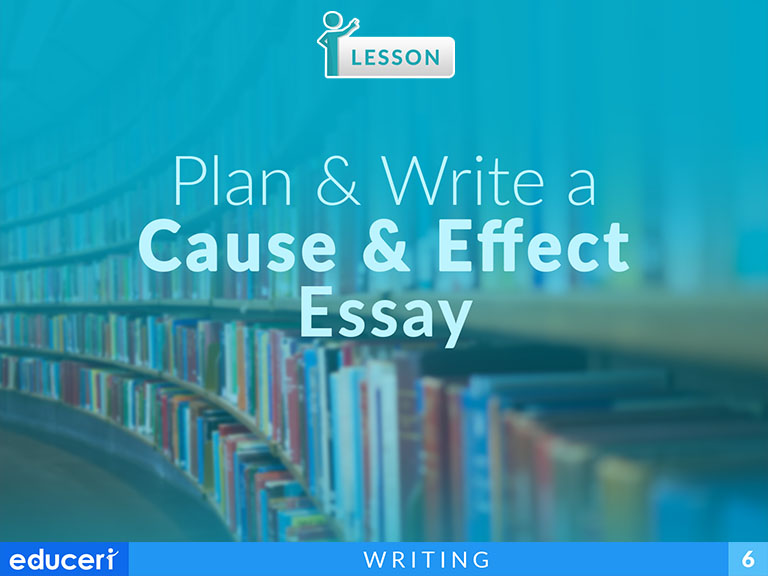
Plan and Write a Cause and Effect Essay
W.6.2 Write informative/explanatory texts to examine a topic and convey ideas, concepts, and information through the selection, organization, and analysis of relevant content.
W.6.2.AW.6.2.A Introduce a topic; organize ideas, concepts, and information, using strategies such as definition, classification, comparison/contrast, and cause/effect; include formatting (e.g., headings), graphics (e.g., charts, tables), and multimedia when useful to aiding comprehension.
W.6.2.BW.6.2.B Develop the topic with relevant facts, definitions, concrete details, quotations, or other information and examples.
W.6.2.CW.6.2.C Use appropriate transitions to clarify the relationships among ideas and concepts.
W.6.2.DW.6.2.D Use precise language and domain-specific vocabulary to inform about or explain the topic.
W.6.2.EW.6.2.E Establish and maintain a formal style.
W.6.2.FW.6.2.F Provide a concluding statement or section that follows from the information or explanation presented.
This writing lesson covers how to plan informative text. The lesson includes research-based strategies and strategic questions that prepare students for assessments. In this lesson, students read the research and identify related information that is needed to complete a graphic organizer. Then they complete the graphic organizer which asks for topic, three facts and details, and a conclusion. In addition to the lesson, there are four pages of facts and details related to topics for review and organizing.
Share This Lesson

Plan and Write Informative Text
W.6.2 Write informative/explanatory texts to examine a topic and convey ideas, concepts, and information through the selection, organization, and analysis of relevant content.
W.6.2.AW.6.2.A Introduce a topic; organize ideas, concepts, and information, using strategies such as definition, classification, comparison/contrast, and cause/effect; include formatting (e.g., headings), graphics (e.g., charts, tables), and multimedia when useful to aiding comprehension.
W.6.2.BW.6.2.B Develop the topic with relevant facts, definitions, concrete details, quotations, or other information and examples.
W.6.2.CW.6.2.C Use appropriate transitions to clarify the relationships among ideas and concepts.
W.6.2.DW.6.2.D Use precise language and domain-specific vocabulary to inform about or explain the topic.
W.6.2.EW.6.2.E Establish and maintain a formal style.
W.6.2.FW.6.2.F Provide a concluding statement or section that follows from the information or explanation presented.
Share This Lesson
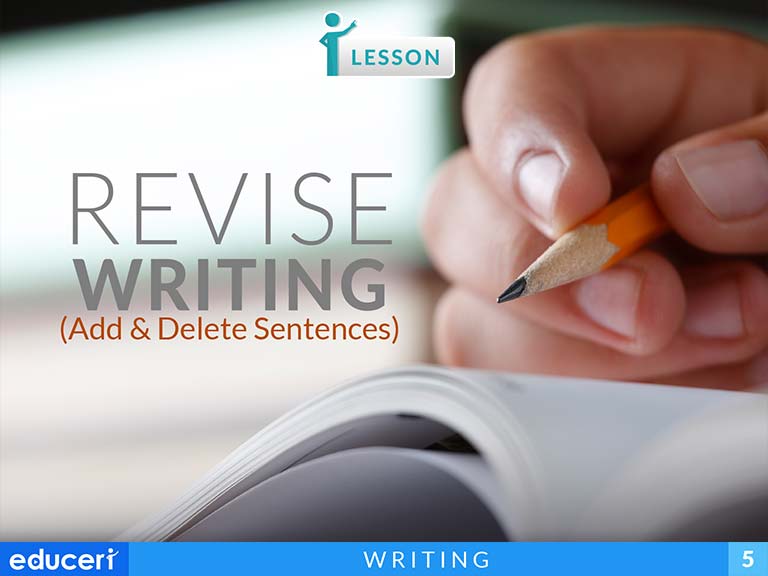
Revise Writing (Add & Delete Sentences)
This writing lesson covers how to revise writing by adding or deleting sentences based on how they support the main idea. The lesson includes research-based strategies and strategic questions that prepare students for assessments. In this lesson, students will learn how to change the written text to improve it by determining which details support the main idea and which don’t.
Share This Lesson
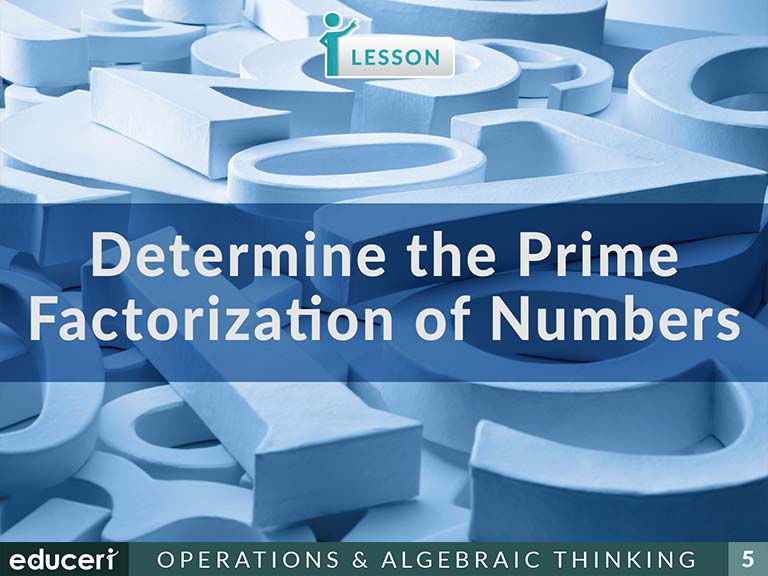
Determine the Prime Factorization of Numbers
This number sense lesson focuses on determining the prime factorization of numbers. The lesson includes research-based strategies and strategic questions that prepare students for assessments. In this lesson, students determine the prime factorization of the number using a factorization tree, factoring all composite numbers until they are prime. Finally, they write the prime factorization using exponents if necessary and checking and interpreting the answer. In addition to the lesson, there are twelve pages of Independent Practice and review with questions modeled after current adaptive testing items.
Share This Lesson
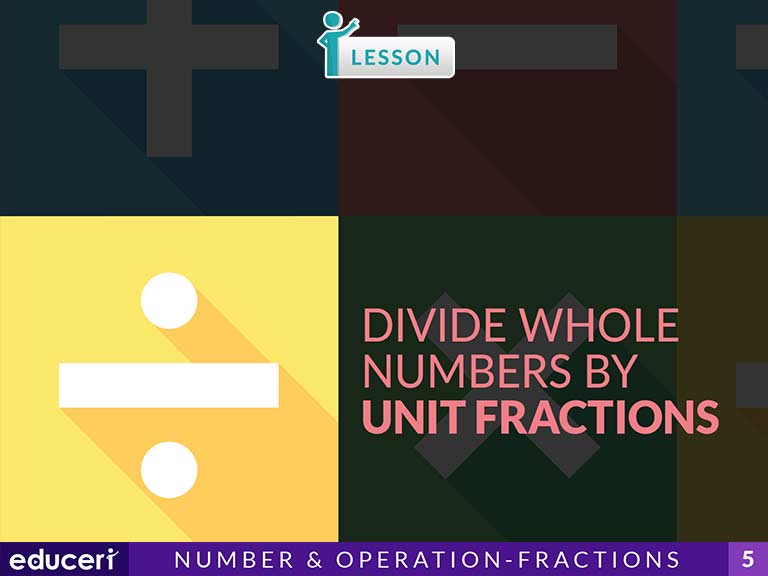
Divide Whole Numbers by Unit Fractions
(J) Represent division of a unit fraction by a whole number and the division of a whole number by a unit fraction such as 1/3 ÷ 7 and 7 ÷ 1/3 using objects and pictorial models, including area models
5.3.L(L) Divide whole numbers by unit fractions and unit fractions by whole numbers.
5.NF.7 Apply and extend previous understandings of division to divide unit fractions by whole numbers and whole numbers by unit fractions.
5.NF.7.B5.NF.7.B Interpret division of a whole number by a unit fraction, and compute such quotients. For example, create a story context for 4 ÷ (1/5), and use a visual fraction model to show the quotient. Use the relationship between multiplication and division to explain that 4 ÷ (1/5) = 20 because 20 × (1/5) = 4.
Share This Lesson
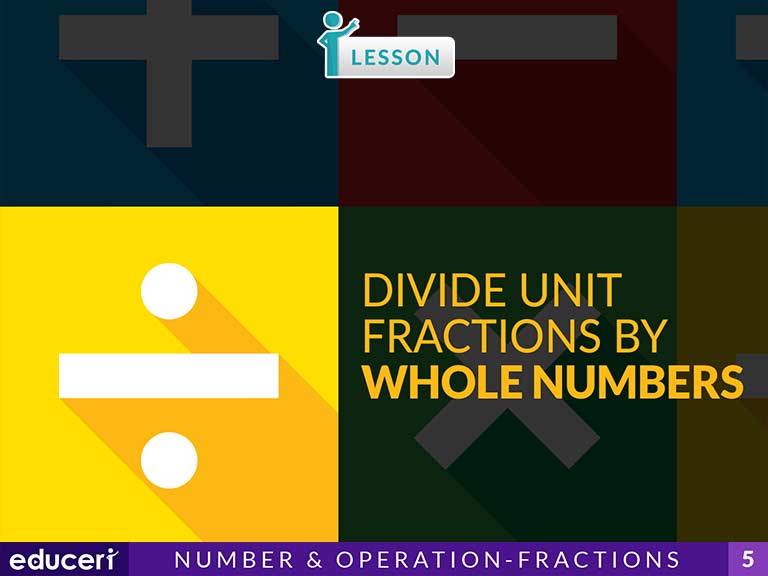
Divide Unit Fractions by Whole Numbers
(J) Represent division of a unit fraction by a whole number and the division of a whole number by a unit fraction such as 1/3 ÷ 7 and 7 ÷ 1/3 using objects and pictorial models, including area models
5.3.L(L) Divide whole numbers by unit fractions and unit fractions by whole numbers.
5.NF.7 Apply and extend previous understandings of division to divide unit fractions by whole numbers and whole numbers by unit fractions.
5.NF.7.A5.NF.7.A Interpret division of a unit fraction by a non-zero whole number, and compute such quotients. For example, create a story context for (1/3) ÷ 4, and use a visual fraction model to show the quotient. Use the relationship between multiplication and division to explain that (1/3) ÷ 4 = 1/12 because (1/12) × 4 = 1/3.
This lesson focuses on the fluency of dividing a unit fraction by a whole number. Although the purpose of the lesson is to teach the process, there are opportunities for students to conceptually examine, read, and write about the structure of a unit fraction being divided by a whole number.
Share This Lesson
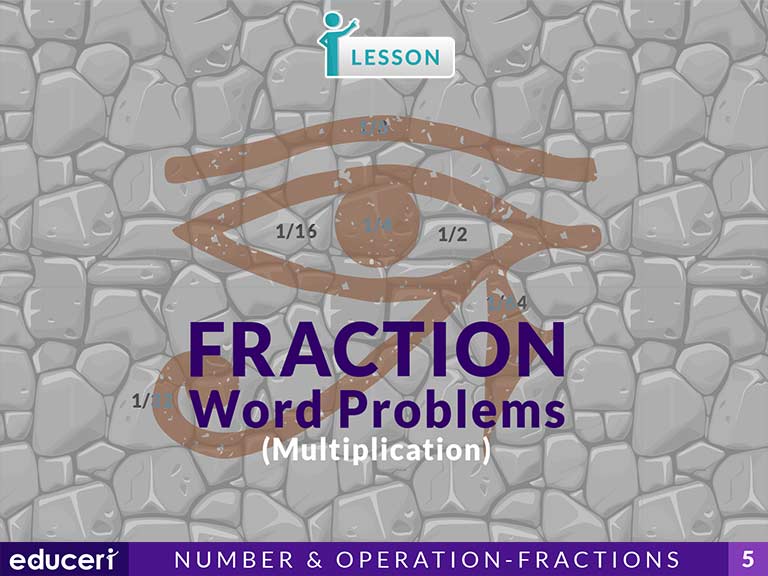
Fraction Word Problems: Multiplication
This fractions word problems lesson covers the meaning of fraction multiplication. The lesson includes research-based strategies and strategic questions that prepare students for common assessments and performance tasks. In this lesson, students will read multiplication word problems and draw models to understand what it means to find a fraction of a fraction.
Share This Lesson
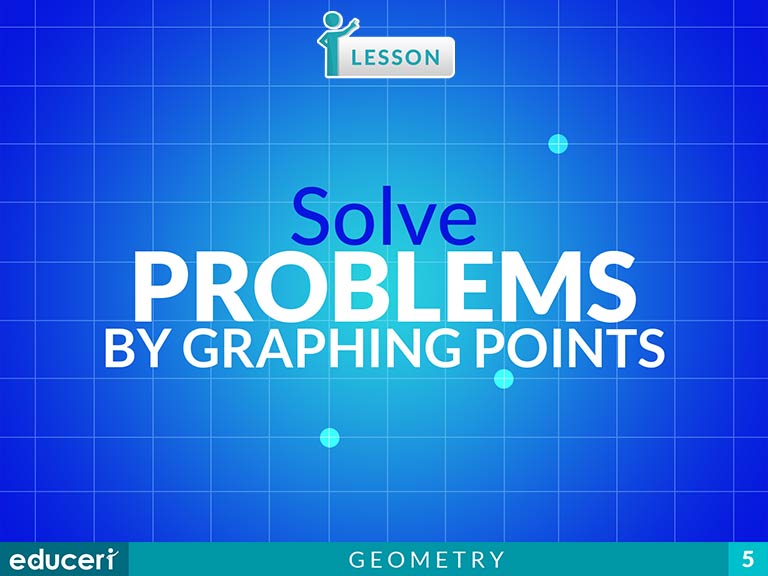
Share This Lesson

Find the Length of a Horizontal Line Segment
This measurement and geometry lesson focuses on finding the length of a horizontal line segment. The lesson includes research-based strategies and questions that help prepare students for assessments. In this lesson, students identify the x-coordinate in each ordered pair. Then, they find the length of the horizontal line segment by calculating the difference of the x-coordinates. Finally, they interpret their solution. In addition to the lesson, there are four pages of Independent Practice and review with questions modeled after current adaptive testing items.
Share This Lesson
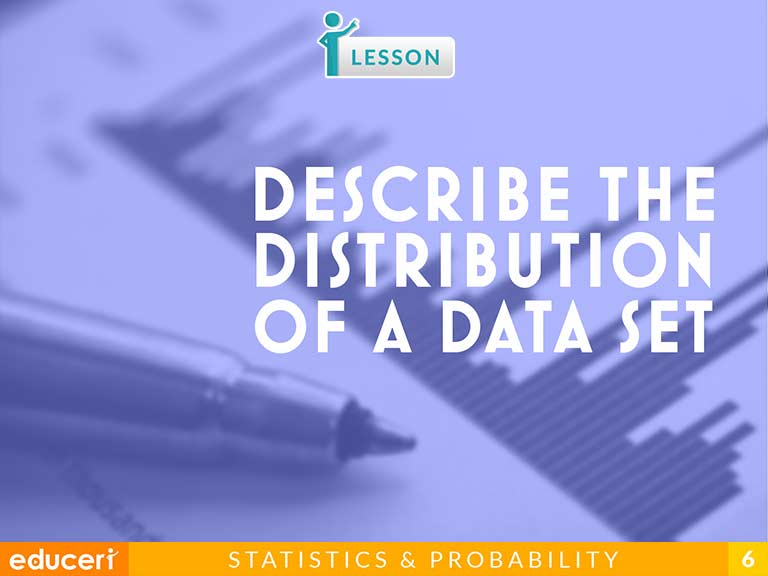
Describe the Distribution of a Data Set
This statistics and probability lesson teaches students how to describe the distribution of a data set. The lesson includes research-based strategies and strategic questions that prepare students for assessments. In this lesson, students will describe the distribution of data sets. This lesson focuses on describing a variety of statistical distributions in different situations. Students are asked to describe different related data sets and describe what that means.
Share This Lesson
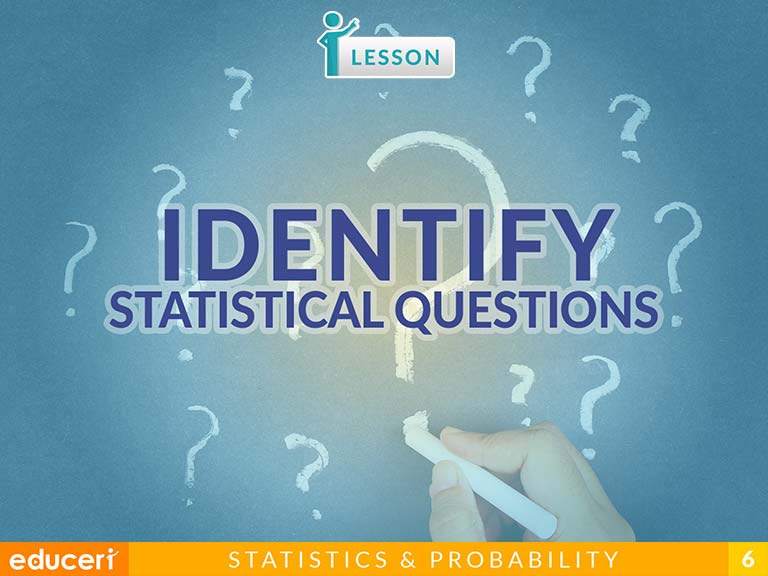
Identify Statistical Questions
(A) Formulate a meaningful question, determine the data needed to answer the question, gather the appropriate data, analyze the data, and draw reasonable conclusions
QR.4.L(L) Determine the need for and purpose of a statistical investigation and what type of statistical analysis can be used to answer a specific question or set of questions
STAT.2.E(E) Formulate a meaningful question, determine the data needed to answer the question, gather the appropriate data, analyze the data, and draw reasonable conclusions
This statistics and probability lesson teaches students how to recognize statistical questions. The lesson includes research-based strategies and strategic questions that prepare students for assessments. In this lesson, students will learn to recognize statistical questions. The focus of this lesson is to familiarize students with statistical questions and how to investigate them.
